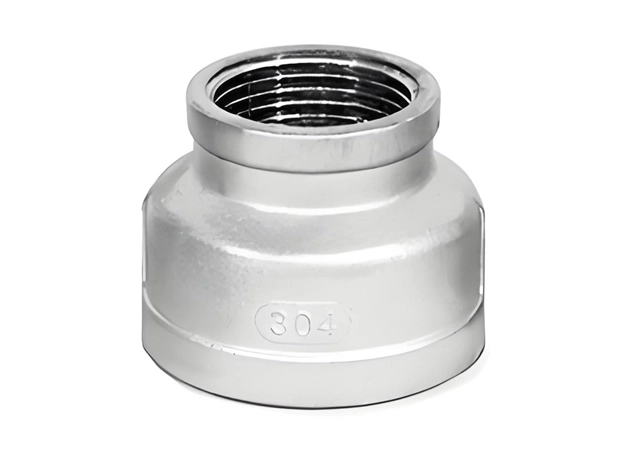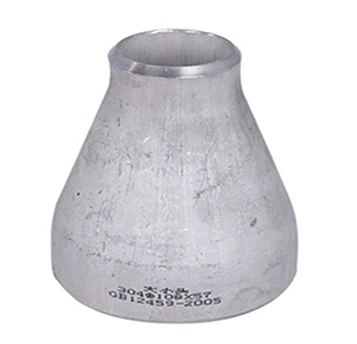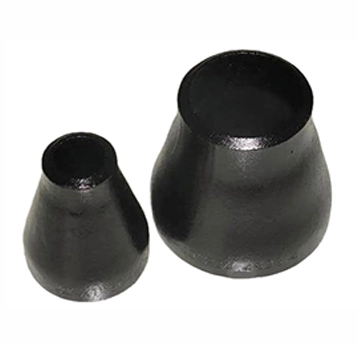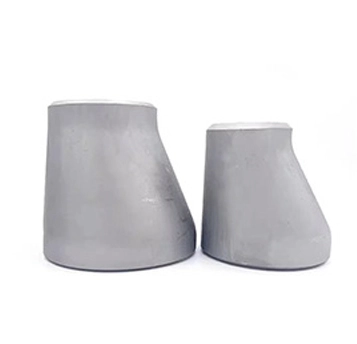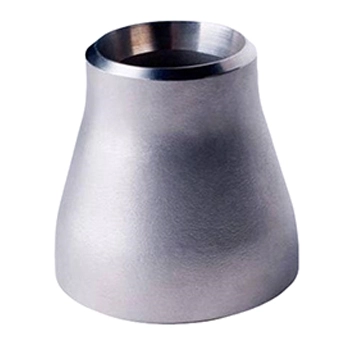A threaded reducer is a type of pipe fitting designed to connect pipes of different diameters using threaded connections. It features internal or external threads that match the threads on the pipes or other fittings, allowing for a secure and leak-tight connection without the need for welding. This design makes threaded reducers ideal for applications where quick and convenient connections are required, especially in low-to-medium pressure systems.
The primary function of a threaded reducer is to facilitate a smooth transition between pipes of different sizes while maintaining the integrity of the fluid flow. By providing a threaded connection, it allows for easy assembly and disassembly, making it particularly useful in applications where frequent maintenance or adjustments are necessary. Threaded reducers are commonly used in plumbing, HVAC systems, and industrial piping where threaded connections are preferred.
Concentric Threaded Reducers: These reducers have a symmetrical design with both ends aligned along the same centerline. They are used when the pipes need to maintain a consistent flow without any offset.
Eccentric Threaded Reducers: These reducers have one end offset from the centerline, creating a flat side. They are typically used in horizontal pipelines to prevent the accumulation of air or gases.
Threaded reducers are connected to pipes using threaded connections. The threads can be either internal (female) or external (male), depending on the design of the reducer and the pipes. Thread sealants or tape are often applied to the threads to ensure a leak-proof connection.
Carbon Steel: ASTM A105
Commonly used for general-purpose applications.
Stainless Steel: ASTM A182 F304/304L, F316/316L
Offers excellent corrosion resistance and is used in harsh environments.
Alloy Steel: ASTM A182 F5, F9, F11
Provides enhanced strength and resistance to high temperatures.
Plumbing: For connecting pipes of different sizes in residential and commercial plumbing systems.
Oil and Gas: In low-pressure pipelines for transporting oil, gas, and other fluids.
Chemical Processing: In pipelines carrying non-corrosive chemicals.
Water Treatment: For connecting different sizes of pipes in water treatment facilities.
HVAC: In heating, ventilation, and air conditioning systems for connecting ductwork and piping.

 EN
EN
